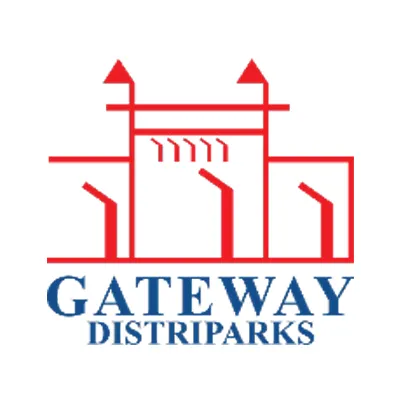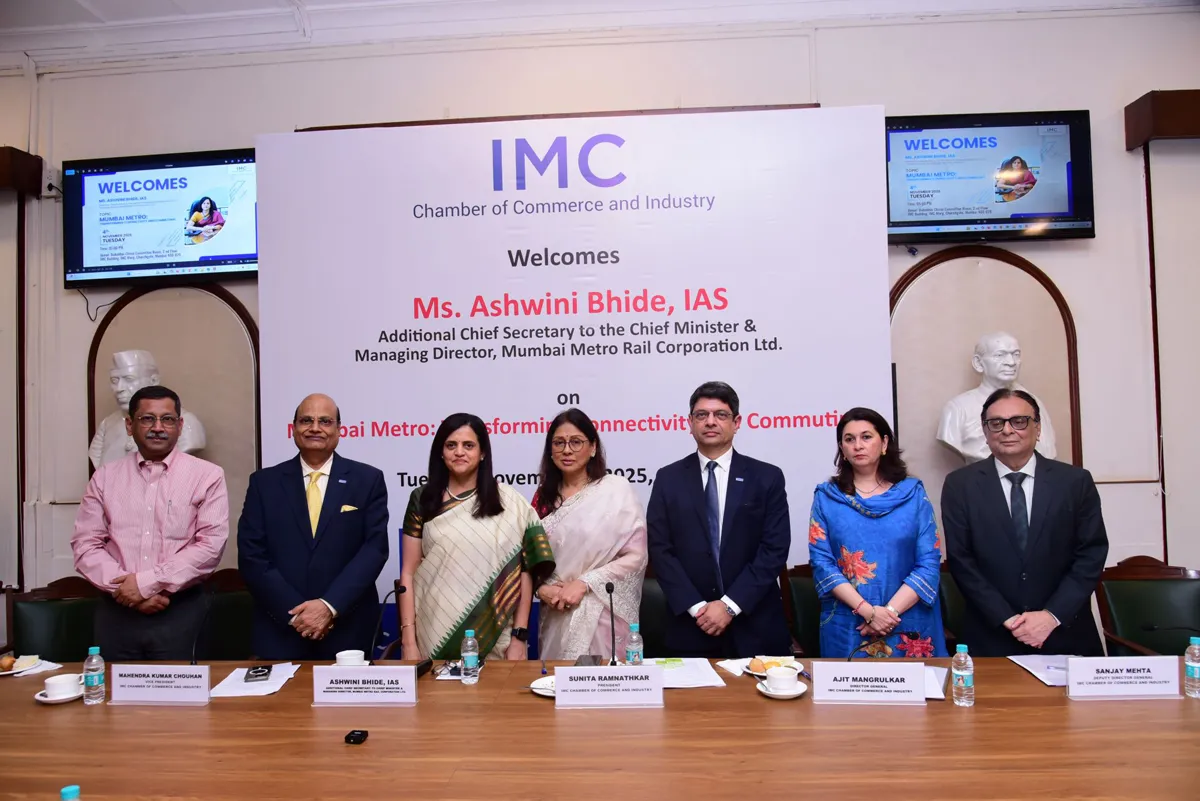It is time we see an action-oriented approach from the industry
01 Dec 2017
12 Min Read
Editorial Team
<span style="font-weight: bold;">Hardeep S Puri, Minister of State, Housing and Urban Affairs Ministry Affordable housing</span> has been accorded 'infrastructure status'under the harmonised master list of infrastructure subsectors. <br />
<br />
This measure will facilitate access to low-cost and long-term funds for the sector; when passed on to consumers or home-buyers, this will reduce the cost of affordable housing. 'The new status will augment resource allocation for the sector, which in turn will boost housing supply and reduce huge demand backlog,' says <span style="font-weight: bold;">Hardeep S Puri, Union Minister of State (I/C), Ministry of Housing and Urban Affairs, Government of India</span>. He shares more on the affordable vision, efforts taken to encourage PPP, RERA, GST and more with <span style="font-weight: bold;">SHRIYAL SETHUMADHAVAN. </span>
<p></p>
<p> <span style="font-weight: bold;">You have been confident that the visible results of Housing for All will be evident by 2019. How have we progressed in order to achieve this vision? Amid success factors, what have the challenges been?</span><br />
Central assistance to more than 30 lakh houses has already been sanctioned by the Ministry under the Pradhan Mantri Awas Yojana - Urban (PMAY U) flagship programme since its launch in June 2015. We are on track to achieve the mission objective of facilitating a house to all such households that do not own a pucca house in partnership with the states and Union Territories (UTs).</p>
<p> <span style="font-weight: bold;">The challenges are as follows:</span><br />
</p>
<ul>
<li>Ability of states to make available encumbrance-free land at affordable rates.</li>
<li>The capacity constraints of urban local bodies (ULBs) in executing large mass-housing projects on time in terms of skill sets.</li>
<li>Financial strength of ULBs.</li>
<li>There is a constant dialogue with all state governments and UTs with regular minister, secretary and mission director level interactions where progress of implementation is reviewed.</li>
<li>Regular interactions take place with middle and lower level officials; wherever required, workshops and training programmes are conducted.</li>
<li>Such training programmes and hand-holding are done in areas of DPR preparation, GIS issues related to geo-tagging, public financial management system (PFMS), MIS, etc. </li></ul>
<p> <span style="font-weight: bold;">In terms of affordable housing, what is the government doing to encourage states?</span><br />
PMAY (Urban) has four verticals: In-situ slum redevelopment (ISSR), affordable housing in partnership (AHP), credit-linked subsidy scheme (CLSS), and beneficiary-led individual house construction (BLC). States and UTs can choose the best possible option or a combination of any of the verticals while addressing their housing shortage. The decision would depend upon a host of reasons, including availability of land for affordable housing, needs of the people based on the demand, etc. Therefore, a ranking of any sort to decide which state is doing well is not called for. </p>
<p>That said, the Central Government provides technical expertise to any state or UT, especially in disaster-resistant construction, through the Building Materials and Technology Council (BMTPC) and Hindustan Prefab (HPL). The project management unit (PMU) for the mission also renders assistance for DPR preparation and to rectify deficiencies. A technology sub-mission has also been constituted, which brings together the states and premier, national-level institutions in the fields of engineering, planning and architecture to encourage the use of new construction technologies and techniques.</p>
<p> <span style="font-weight: bold;">What incentives are provided by the government so that more developers foray into affordable housing? What further changes you expect to happen in coming years?</span><br />
As you are aware, most shortage of housing in urban areas, in the country, is among the EWS (economically weaker sections) and LIG (lower income groups), ie, the affordable housing segment. Consequently, it becomes imperative to address the concerns of this segment through various policy and legal measures. In particular, the flagship programme of the Ministry PMAY (U) is to give a fillip to affordable housing by incentivising through central assistance. The financial support of Rs 1.5 lakh and the CLSS is aimed at demand-side intervention. </p>
<p>Concomitantly, we have provided for a slew of fiscal incentives to developers to invest in affordable housing. Attention is drawn to Section 80-IBA of the Income Tax Act, which provides for 100 per cent deduction of profits and gains from developing affordable housing. This was introduced by Budget 2016 and further liberalised in Budget 2017. You would also recall the long-standing demand of the sector for infrastructure status to affordable housing. This was announced in Budget 2017, after the enactment of the Real-Estate Act in March 2016.</p>
<p> The Central Government recently announced the new PPP to promote private investments in affordable housing in line with its Housing for All target by 2022.<br />
To facilitate private-sector participation and meet the growing need for affordable housing in the country, the Ministry, upon several consultations and stakeholder deliberations, has structured 'PPP Models for Affordable Housing'. There are eight basic models for adoption and wider implementation by states/UTs and other concerned stakeholders.</p>
<p>The models deal with several issues in delivery of affordable housing in India and devise mechanisms to tackle these implementation issues. In this regard, six generic PPP structures have been constituted for projects on government land. The model allocates risk between the public and private sectors, allocating particular project risk to the partner best able to manage that risk cost-effectively. These models for projects on government land are various permutations enabled by the guidelines on affordable housing projects in PMAY (U). Under these six government-land-based PPP models, beneficiaries can avail central assistance of Rs 1 lakh to Rs 2.5 lakh per house, as provisioned under different components of the PMAY (U). The policy also consists of two PPP models on privately owned land, linking with the two verticals of the PMAY (U): CLSS and AHP. The PPP model for taking advantage of CLSS for housing projects on private land include extending central assistance of about Rs 2.5 lakh as an interest subsidy on bank loans paid up front. Under the AHP option, central assistance of Rs 1.5 lakh will be given for each EWS house to be built on private land, in case the beneficiaries do not intend to take a bank loan. Speaking about immediate benefits, PPP strategies including government grants and subsidies can be potentially deployed to assign risks among the government, developers and financial institutions to those who can manage them the best, besides leveraging underutilised or unutilised private and public land for affordable housing. It is envisaged that a sizeable and sustainable response through strategic PPP models will allow a self-propelled market to address the challenge of land availability and its high cost, which in turn will reduce the total cost of the house. This would serve multiple benefits of providing quality housing at affordable rates, rejuvenating the construction sector, generating jobs and supporting related industries.</p>
<p>In terms of beneficiary identification, the establishment of the eligibility of beneficiaries for the affordable component of the housing project will be the duty and the prerogative of the government. The same will be announced prior to the implementation of the project. The government will make the selection of the allottees from among the eligible beneficiaries in a transparent and equitable manner. This could be done either directly by public authorities themselves or with the assistance of, and in collaboration with, civil societies and NGOs. All beneficiaries will be identified as per the norms of PMAY (U) guidelines.</p>
<p><span style="font-weight: bold;">Credit to the housing sector touched an all-time low this July. Also, investment in the EWS is miniscule. How is the government addressing this situation? </span><br />
Under the CLSS component of PMAY (U), an interest subsidy of 6.5 per cent is available on housing loans for the EWS/LIG category. This interest subsidy, which is the highest ever, has provided impetus to the financing of low-cost housing through banks and housing finance companies (HFCs). The off-take under CLSS has increased significantly since the launch of the mission û both central nodal agencies (CNAs) HUDCO and NHB are constantly sensitising all banks and HFCs to ensure the bottlenecks encountered by the vulnerable categories are addressed and resolved expeditiously.</p>
<p> RERA was expected to boost demand for housing as a whole, but this depends on how the act is implemented. Tell us about how it is being rolled out nationwide.</p>
<p>RERA has been one of the most speedily implemented laws, in which both the Centre and the states have a lead role to play. You would be aware that 26 states/UTs have already notified the Rules; 27 states/UTs have established a permanent/interim real-estate regulatory authority; and 13 states/UTs have made a fully operational web portal to enable online registration of real-estate projects and agents and others are doing it offline, which is permitted under the Act for a period of one year from commencement. Six north-eastern states have some constitutional issues relating to land belonging to community and autonomous councils and these are under examination. The Act does not apply to Jammu & Kashmir. Thus, of the remaining 29 states/UTs, the Act is already under implementation in 26 states/UTs, which, you would agree, is positive for home-buyers and the sector. There are some concerns regarding dilution of the rules by some states, leaving out a chunk of ongoing projects by defining the term 'ongoing project'. We have expressed our views to the states and have requested them to adhere to the letter and spirit of the Act while framing the rules. RERA is a game-changing legislation for the sector and is going to empower home-buyers. </p>
<p> <span style="font-weight: bold;">The real-estate sector is expected to witness the second biggest change as the GST Council will take up the proposal to bring it under the uniform nationwide levy. Stamp duty and registration charges vary between states. If the entire state is brought under GST, would this lead to the abolishment of stamp duty?</span><br />
Under-construction real-estate projects sold to buyers are already covered under GST laws, whereas completed real-estate projects sold to buyers are not within the ambit of GST. There are discussions to bring the entire segment under GST so that the inherent benefits are available to both under-construction and ready-to-sell properties. In the existing scheme of things, land in not included in GST. Also, we are all aware about 'land'being a state subject under Entry 18 of the State List of the seventh schedule of the Constitution. At this juncture, it is too premature to say whether stamp duty/registration charges, property tax, etc, should all be included. The states will have to come on board because most of these taxes fall within their domain. These decisions will be taken by the GST Council in time; I believe necessary dialogue has already begun towards this. This will also entail legal modifications. However, as far as the ministry is concerned, we are for including both under-construction and ready-to-move properties under GST so that the entire sector can reap its benefits. </p>
<p> <span style="font-weight: bold;">Also, by when can we expect the announcement of the Model Tenancy Act and National Rental Housing Policy? </span><br />
Modification of rent control laws, as per the Model Tenancy Act is a reform condition under PMAY (U). The ministry is in the process of finalising the Model Tenancy Act towards Cabinet approval, which thereafter would be circulated to the states as a template for adoption. The Model Tenancy Act will have far-reaching consequences for the rental housing sector, as it would propel many vacant houses to be rented in an atmosphere of equity and balance, helping us achieve our vision of Housing for All. Further, to create a vibrant, sustainable and inclusive rental housing market in India, the Ministry of Housing and Urban Affairs has piloted the draft National Urban Rental Housing Policy. Based on inter-ministerial consultations and suggestions of PMO, the Note for Cabinet was prepared and sent to the Union Cabinet in March this year. Its approval is awaited. </p>
<p> On a concluding note, please share your message to the builders'fraternity in India. As I have already said, RERA is a game-changing legislation. <br />
The builders'fraternity has also welcomed it and it is already under implementation across the country. In fact, sincere implementation of RERA would ensure that no real-estate projects or companies have to be referred under the Insolvency Code, because RERA provides for various inherent safeguards; for instance, the deposit of 70 per cent of the money realised (past and future) from allottees in a separate account. </p>
<p>Indeed, the real-estate sector has been a focus area of the government, which has infused all possible measures to give a fillip to the sector. We have a huge responsibility to ensure Housing for All, which is also a golden business opportunity. A host of incentives have been provided both to developers and home-buyers and it is time we see an action-oriented approach from the industry. </p>
<p> To share your views on the Housing scenario in India, write in at feedback@ConstructionWorld.in</p>




















